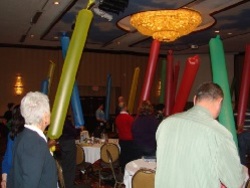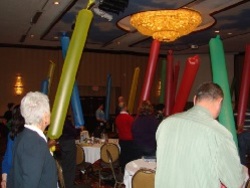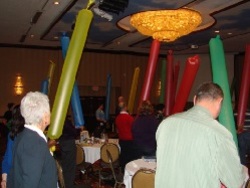


Asked: Kindly suggest some games and activities for Time Management and Goal Setting Training.
Answered: Clearly, there are so many ways to approach these topics with hundreds of ideas for each. Before answering, I thought it would be best to step back and ask, “To what level do you want the learners to be able to work with these topics?” This question is the key to settling on activities that will help you achieve your objectives.
When I say “to what level,” I am referring to the ACFM model that we use at The Bob Pike Group for determining knowledge level.
A – Awareness - learners have heard about it and are aware that it exists. This is a knowledge level where they can recognize it and comes in about 30 minutes.
F – Familiarity - learners know something about the topic and can share the information with others. This level provides learners with the ability to talk about it in greater detail and comes with about 2-3 days.
C – Competence - learners can perform the new skill, not just talk about it. In this instance, learners can apply new knowledge to new situations. This is achieved once behavior changes.
M – Mastery – learners know it so well that they can teach the content and skills to others. John Medina says that this comes with about 10,000 hours of practice and use.
If we take this model and apply it to your question, we can see that different activities will help us achieve different objectives.
We won’t apply the model to Goal Setting, but you can see the premise. One tool that I like to use when doing goal setting is the SMART model. If you are not familiar with it, SMART is an acronym for:
All goals should follow this model so that each learner knows when they have been achieved. Michael Porter (strategic planning guru from HBS) said, “If a goal does not have a number, then it is not a goal…it is a hallucination.”
I hope that this information has been useful. If you are interested in applying these concepts further and would like to see how we would use these same concepts in a classroom, we would love to have you attend one of our public courses. We talk about these same concepts, but more importantly we model them so that our learners see how participant-centered design and delivery have a huge impact on achieving the training goals and objectives that we set.
Scott Enebo is a training consultant at The Bob Pike Group.
Don't miss out on updates and chances
to sharpen your skills with participant-centered learning.




3740 N Chestnut St #113 - Chaska, MN 55318-3053